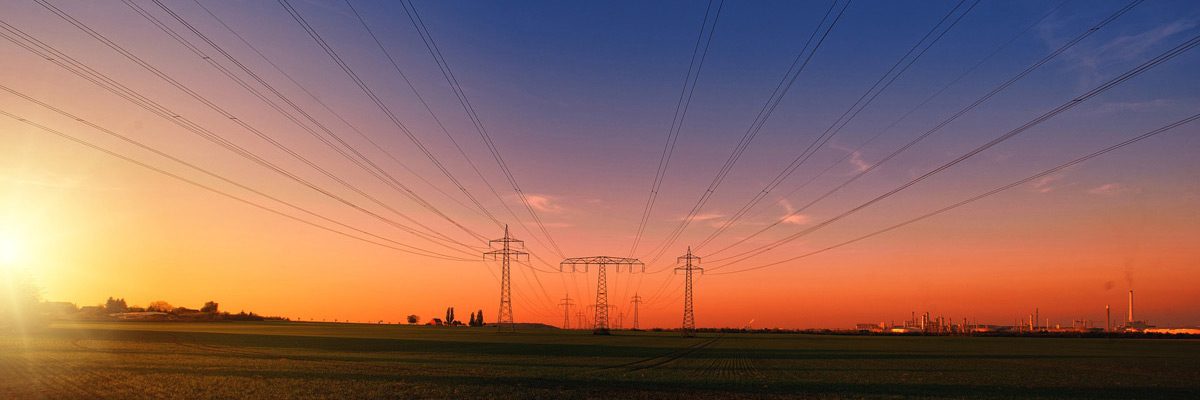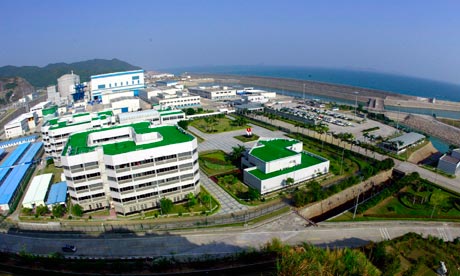I get requests for guest posts and links all the time. Some are just pretend commercial sites. If they are on topic and interesting sometimes I give them a link or even a post but the legitimate ones I always put up. This one came in while I was posting about nuclear power and I couldn’t figure out a way to work it in. So here is an interesting guy, Evan Collins take on all electric vehicles.
www.all-electric-vehicles.com
www.facebook.com/allelectricvehicles
All Electric Vehicles: My Search for the Perfect Electric Car (or hybrid, scooter, bicycle, or motorcycle!!)
Have you ever thought about Switching your Transport to an Electric Vehicle?
If you’re like me or the people I know, probably not! … at least not up to recently.
 You may have noticed that, as of today, electric vehicles account for a TINY percentage of all the cars, motorbikes, scooters and bicycles on sale.
You may have noticed that, as of today, electric vehicles account for a TINY percentage of all the cars, motorbikes, scooters and bicycles on sale.
The thing is, it seems to be becoming more widely believed that electric vehicles will be the main type of transport around the world within 10 years.

Hi there, my name is Evan Collins. I’m a Mechanical engineering student and live just outside Cork City in Ireland.
Like most guys (and students) my age, I don’t have much of my own money … but I do need to get around!
I got my car licence a couple of years back and that’s what led to me to talking to you here today.
 You see, my parents have insured me on their little Peugeot 207 diesel – and while that’s great – I have some ideas of my own for the future when it comes to car ownership.
You see, my parents have insured me on their little Peugeot 207 diesel – and while that’s great – I have some ideas of my own for the future when it comes to car ownership.
While I’m not exactly a dedicated environmentalist, I have come to realise that if I want to get my own set of four-wheels – one that I can actually afford in the next couple of years, then I’m going to take a different approach.
Here’s what I’m going to do:
- Research all of the pros and cons of electric vehicles – what’s on the market now, what will be in a couple of years time?
- Test-drive what is around now (now I like the idea of that!)
- Come up with the best recommendations
- AND share this information with all of you guys through this website

I reckon the journey will be worthwhile, with lots of chances to test-drive some cool wheels – and maybe even get a chance to buy one (a Tesla would be nice)!
Of course, with electric vehicles, the theory is that they will save loads on fuel and running costs, as well as lowering environmental impact – and I suppose they will, but I aim to have the coolest set of wheels in town!
 So, is it possible to find a lively, good-looking, fuel-miserly set of electric wheels at this moment in time? If not, when? One year from now? Two years? By the time of my pension?
So, is it possible to find a lively, good-looking, fuel-miserly set of electric wheels at this moment in time? If not, when? One year from now? Two years? By the time of my pension?
Stay with me here – have a look around – see what happened next. And then make your own mind up!
:}






